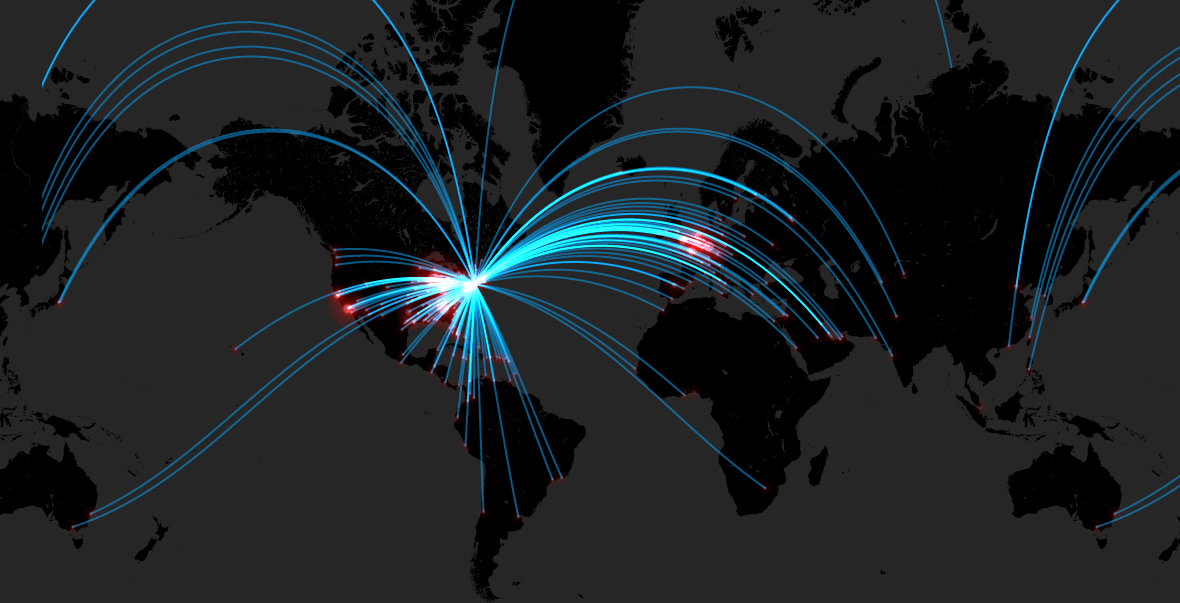The effect of airline mergers on New York City and other U.S. markets

Skift Take
After American Airlines is settled we'll likely see a period of relative normalcy in the U.S. market now that mergers, labor negotiations, route closures, and standardization of fees have given the industry a restart.
Higher airfares, crowded planes and added baggage fees are here to stay as the decade-long airline merger trend reduces jobs at the region's three major airports, industry experts say.
American Airlines' reorganization plan and proposed merger with US Airways could be the latest in a series of airline consolidations that includes AirTran merging with Southwest last year, United joining Continental in 2010, and Northwest becoming part of Delta in 2008.
The effect in metropolitan New York City, with three major airports, includes the loss of hundreds of jobs, including the most-recent losses tied to American Airlines' bankruptcy.
The three large airports that serve the New York region, Kennedy, LaGuardia and Newark Liberty, contribute $65.3 billion in economic activity and $23.5 billion in wages and salaries, and 470,000 jobs are derived from airport economic activity, according to the Port Authority of New York and New Jersey, which operates the airports.
Of the 2,205 flight attendants who have accepted an early retirement package from American, 247 were based at Kennedy Airport and 161 were based at LaGuardia.
Among the 2,800 ground workers, including mechanics, maintenance workers, dispatchers and fleet service workers, 135 were based at Kennedy, 38 at LaGuardia and 11 at Newark Liberty.
Tom Hoban, a spokesman for the Allied Pilots Association, the union that represents 10,000 American Airlines pilots, said bankruptcy has been "Armageddon" for airline work
